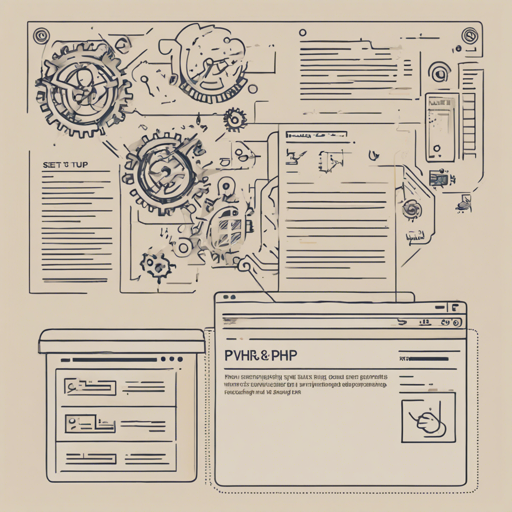If you’re looking to create a simple, functional, and efficient website with minimal fuss, the PHP Microsite Boilerplate might just be the perfect fit for you. It’s designed for swift development while ensuring that security and performance remain top priorities. This guide will walk you through the setup process, troubleshooting steps, and tips to make the most of this framework.
Key Features of the PHP Microsite Boilerplate
- Easy routing
- Progressive Web App (PWA) prepared
- Multilanguage prepared
- Directus CMS integration (including local caching)
- Docker Compose for local development
- TailwindCSS included (optional)
- GDPR and CCPA ready
- Intelligent service worker cache
- SEO optimized with automated sitemap generation
- Extensive in-code documentation
- Multiple security features
Getting Started
Follow these steps to get your PHP Microsite Boilerplate up and running:
1. Download or Clone the Repo
You can either download the respective branch/tag and upload it to your web folder or clone the repository directly.
2. Configure Your Environment
- Check the
.htaccessfile if using Apache, and ensure security headers and your domain path are correct. - If you’re on a different server (like Nginx), review
index.phpfor security headers and usenginx_deployment.shfor configuration. - Update
config.php, including any necessary connections to the Directus CMS. - Create favicons in
templates/general_meta.php. - Define your pages in
routing.php. - Build your site using the specified pages, styles, and scripts.
3. Building the Project
After configuring the necessary files, it’s time to build your project. You need NodeJS installed if you’re using the TailwindCSS integration. Here’s how:
- Navigate to your project’s root directory in the terminal.
- Run
npm install. - Run
npm run buildto kick off the magic.
Feel free to manually build on your local system and then upload to your hosting or use CI/CD pipelines as needed.
4. Local Development Setup
For local development, utilize the included docker-compose.yml file. Follow these steps:
- Update the container name in the YML file.
- Install Docker Desktop.
- Adjust the
$the_page_urltemporarily inconfig.php. - Run
docker-compose up -din your project’s root directory. - Open your project in a browser at
localhost:80.
Troubleshooting
If you encounter issues during setup or development, consider these troubleshooting ideas:
- Ensure all necessary dependencies are installed and configured correctly.
- Check for errors in your configuration files, particularly regarding paths and security headers.
- Make sure NodeJS is running if you are building with TailwindCSS.
- For further assistance, check the in-code documentation for detailed explanations and examples.
For more insights, updates, or to collaborate on AI development projects, stay connected with fxis.ai.
Final Thoughts
At fxis.ai, we believe that such advancements are crucial for the future of AI, as they enable more comprehensive and effective solutions. Our team is continually exploring new methodologies to push the envelope in artificial intelligence, ensuring that our clients benefit from the latest technological innovations.

